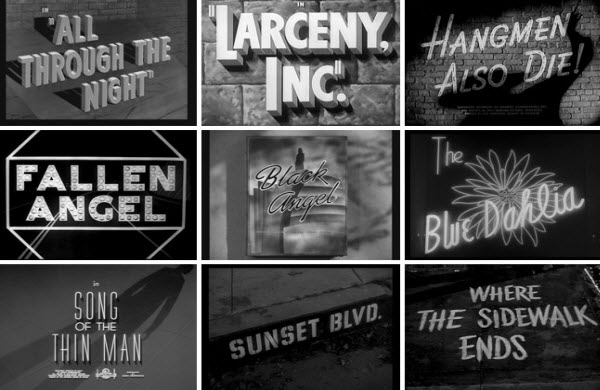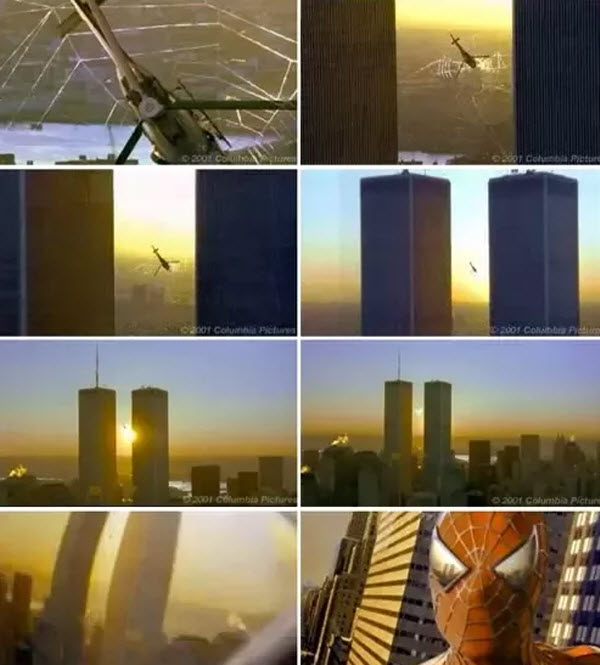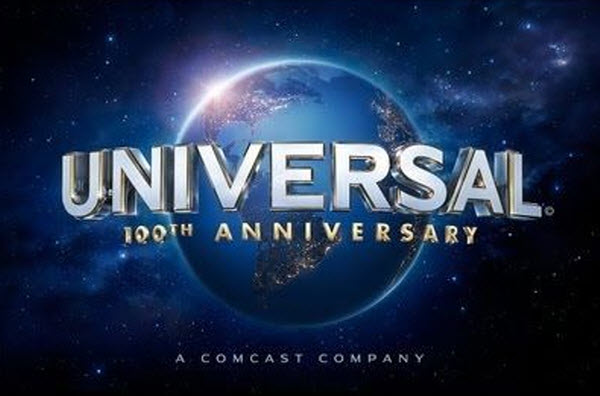A movie trailer is essentially a commercial advertisement for a feature film that will be shown in theaters or on video. It typically includes some scenes from the movie to entice viewers. Nowadays, trailers are also common on DVDs, Blu-rays, and readily available online. Trailers are a crucial part of the film industry, heavily influencing a movie’s promotion. Statistics show that among the roughly 10 billion videos watched online each year, movie trailers rank third in terms of viewership, just behind news and user-generated content. This widespread popularity has led to trailers being used to promote other entertainment media such as TV shows, video games, books, and theater performances. Specialized advertising companies, mostly located in Los Angeles and New York, are responsible for creating these trailers.
History of the Movie Trailer
The first movie trailer was shown in a U.S. theater in November 1913, produced by Nils Granlund, an advertising manager for Marcus Loew theaters. He created a short promotional film for the musical The Pleasure Seekers, which opened at the Winter Garden Theatre on Broadway. According to reports at the time, Loew’s use of film clips to promote the production was a novel marketing tactic, replacing traditional print advertisements. Granlund later used slides to promote a forthcoming Charlie Chaplin film at Loew’s Seventh Avenue Theater in Harlem in 1914, marking one of the earliest uses of a movie trailer to advertise a film.
Initially, trailers were shown after a movie had ended, but this practice was deemed ineffective, as audiences would leave the theater right after the feature film. Over time, trailers became part of the film program, often shown before the main feature alongside short cartoons, newsreels, and serial adventure films. Today, trailers have evolved into a detailed form of advertisement, often replacing those other program elements.

Until the late 1950s, trailers consisted of several key scenes from the movie, often accompanied by large descriptive text to explain the story. Most trailers also featured some form of narration. By the early 1960s, however, trailers began incorporating new textual and editing techniques, largely due to Hollywood’s growing interest in more sophisticated marketing strategies. Trailers for films directed by Stanley Kubrick, such as Dr. Strangelove (1964) and A Space Odyssey (1968), became iconic examples of this evolution.
With the rise of video formats like VHS, trailers often appeared at the start or end of a tape, promoting upcoming films from the same company. In 1993, major film studios began releasing trailers on the internet. Today, with the advent of DVD, Blu-ray, and streaming platforms, trailers are a standard feature that can be viewed at any time, no longer limited to playing before the main film.
The Structure and Purpose of a Trailer
A trailer is a series of selected shots from a movie designed to captivate audiences and entice them to watch the full film. These clips are typically drawn from the most exciting, funny, or notable moments in the film but presented in a condensed form. Trailers avoid spoilers by withholding key plot points or climactic scenes. Importantly, the clips do not have to appear in the same order as they do in the movie, allowing editors to create maximum impact. Trailers are generally no longer than two minutes and 30 seconds, which is the maximum length permitted by the Motion Picture Association (MPA). However, each studio or distributor is granted one exemption per year if they feel it’s necessary for a specific film. In 2014, the National Association of Theater Owners issued a non-binding guideline asking film distributors to keep trailers under two minutes, though compliance has been inconsistent.
Sometimes, trailers feature “special shoot” footage—content created specifically for the trailer that doesn’t appear in the actual film. Terminator 2: Judgment Day famously used this technique, featuring a dramatic factory assembly line scene not present in the movie itself. The Spider-Man (2002) trailer included a sequence of criminals being captured in a giant web between the World Trade Center towers, which was removed after the 9/11 attacks. Trailers may also use different music than what is found in the final movie, as they are often produced long before the film’s score is completed.
Misleading Trailers
Over the years, there have been several claims that trailers can be misleading, making the film appear different than it actually is. For instance, trailers may suggest that a celebrity with a minor role has a significant part or give the impression that the film contains more action than it does. In some cases, trailers contain footage not included in the final cut of the film, often because they were made before filming concluded. This has even led to legal disputes. In one notable case, a woman sued the makers of Drive for misleading advertising, alleging that the film did not live up to its action-packed trailer. Although her lawsuit was dismissed, the issue resurfaced when another lawyer attempted to sue the creators of Suicide Squad for false advertising.

The Structure of Trailers
Trailers are carefully designed to tell the film’s story in a way that maximizes audience appeal. Professionally produced, they can make even mediocre movies seem exciting. Most trailers follow a three-act structure. The first act introduces the premise, the second act develops the story, usually ending with a dramatic climax, and the third act features intense, powerful music to create a lasting impression. Trailers often highlight a film’s notable stars, writers, or directors to boost appeal.

Awards for Trailers
Each year, two major events recognize outstanding movie trailers: the Key Art Awards, presented by The Hollywood Reporter, and the Golden Trailer Awards. These events celebrate the creative aspects of film marketing, including trailers, TV spots, posters, and print ads. The Key Art Awards are often held at the Dolby Theatre in Hollywood, the same venue that hosts the Academy Awards.
